Do you love horses? Do you want to find out everything there is to know about them? If so, you’ve come to the right place!
We’re going to look at one of the most obvious characteristics of any horse – its color. Sounds simple, right? Well, it’s perhaps not as simple as you might expect!
When it comes to horses’ colors, there’s some very particular language to describe them. Knowing your bay from your roan, and your chestnut from your palomino is very important. We’re going to take you through 25 horse colors, so you know exactly what they mean.
Ready? Let’s get started!
1. Bay
Horses’ coats are made of two basic colors of hairs – red and black. What’s known as red is actually a reddish-brown color.
Bay is the name given to coats that contain a mixture of these two colors. Bay horses can have coats that look anything from a light reddish brown to a dark chocolate shade. In all cases, though, they have black “points”. Points is the proper way to refer to the horse’s mane, tail and lower legs.
The different shades of bay also have their own distinct names.
Very dark bays are called “dark bay” or “seal brown”. These are two different coats, although they’re quite hard to tell apart. Some breeds of horse are also said to have “brown” coats, which are again very dark.
Mahogany bay horses, as the name suggests, have a dark red-brown coat. The red tones are stronger in a blood bay, also known as a red bay.
2. Chestnut
The coats of chestnut horses are made entirely of red-brown hairs. Unlike bays, the points of chestnut horses are the same shade, or slightly lighter than, their bodies. You may also hear chestnut horses referred to as “sorrel”.
Just as with bay horses, there are lots of different kinds of chestnut coats. The darkest chestnuts are known as “liver chestnut”, while the lightest are “light chestnut”. Horses with a chestnut coat but blonde points are known as “flaxen chestnut”.
3. Black
As you would expect, the coats of black horses have only black hairs. Black horses look very dramatic, but the color is actually fairly uncommon.
The coats of most black horses will fade if they get a lot of sunshine. They can then appear brown or dark bay. Even so, you’ll be able to tell the difference by looking closely at the hairs around the horse’s muzzle and eyes. And if the coat is naturally black, they will still be referred to as black by breeders.
Not all black horses will find their coat fades in the sunlight, however. Those that don’t, tend to have a blue-black color, and they’re known as “non-fading black”.
Black horses may have either black or white points.
4. White
White horses are white because the cells in their coats don’t contain any pigments.
White horses can be found in every breed. And – you’ve guessed it – there are lots of different kinds of white coats too! Coats with white spotting or irregular white patches have their own names. We’ll look at some of those later.
Horses with white coats will usually have pink skin, white points and dark eyes.
5. Gray
Just like humans, horses with coats of any color can become gray with age. This happens as the hairs lose their pigment.
Graying can occur very quickly in some horses, so it’s not necessarily a sign of old age. And there are different patterns in gray coats. These include “dappled gray” and “fleabitten gray”. In the latter case, the gray patches are interspersed with darker speckles.
The skin of most gray horses is black, and they usually have dark eyes.
6. Pinto
Pinto is the term used to describe horses’ coats which are a mixture of darker colors and larger white patches.
Pinto is the overarching term. There are also more specific terms, depending on what color is mixed with the white. Let’s look at some of the different descriptions now.
7. Piebald
Piebald horses have coats with white patches on top of black.
Depending on the pattern of the patches, there are yet more names! Most piebald horses, however, are tobianos. We’ll find out more about those shortly.
8. Skewbald
Any horse with two colors in its coat, but where one of those colors isn’t black, is referred to as skewbald. The term is also used to describe coats with three or more colors, even if one of those is black.
9. Tobiano
Tobiano is used to describe a particular pattern of spotting on a piebald horse. In a tobiano coat, the white patches on the body are rounded. The horse’s legs will also be white. And they will have white on their back, between the dock of their tail and their withers.
Tobiano horses usually have a dark head. Their other markings will be similar to those of other horses – for example, a star on their muzzle.
10. Overo
Overo is the term used for a family of different spotting patterns. What they all have in common is sharp, horizontal, irregular markings. Overo horses usually have more dark hairs than white, and the bottoms of their legs are usually dark too.
Their faces, on the other hand, are most often white, and in many cases their eyes are blue.
11. Sabino
Sabino describes another spotting pattern, and some breeders consider it to be part of the same family as overo. With sabino horses, you’ll usually find white hairs high on the legs, belly, and face.
12. Tovero
Tovero horses have a coat that’s a mixture between a tobiano and an overo. That might mean, for example, that their head is dark like a tobiano, but they have blue eyes like an overo.
Some breeders also use the term to refer to a horse that has the coloring of a tobiano, but also carries an overo gene. That will allow breeders to get a better idea of the potential coloring of a foal resulting from a breeding pair.
13. Palomino
Palominos have one of the most distinctive coats of all, with the color likened to fine gold. It’s formed when a chestnut horse also has a cream dilution gene.
There are different shades of palomino, ranging from golden to tan. But all palominos share just two shades for their manes and tails. These can be either flaxen or white.
14. Cremello
A cremello is a shade lighter than a palomino. Here, the chestnut coat is diluted by not one but two cream genes. The result is a pale cream or light tan color. Cremello horses’ pale coloring is often complemented by blue eyes.
15. Pearl
Pearl horses are similar to cremellos in that this coat color is also a result of chestnut diluted by another gene. In this case, the gene is known as pearl, and it can also be combined with the cream gene.
Pearl horses with two pearl genes have a light chestnut coat, in a sort of apricot shade. When there’s one pearl and one cream gene, the horse may be classified as either cremello or perlino.
16. Perlino
Perlino coat colors are also the result of dilution genes. In this case, the base color is bay, lightened by either pearl or cream genes.
The manes and tails of perlinos can be any color except black. Most usually, they’re either a reddish or red-brown shade. And perlino horses generally have blue eyes.
17. Champagne
Champagne coats are the result of yet another dilution gene.
The exact shade of the coat varies according to the base color. Any hairs that would have been black without the champagne gene will appear dark brown with it. And any chestnut hairs will become a golden color.
The various results (of course!) have their own names. There’s classic, amber, sable and gold champagne.
Champagne horses usually have pink skin and blue eyes. It’s a color combination that means they’re easily confused with both palomino and cremello horses.
18. Mushroom
Mushroom horses are found only in the Shetland Islands. Their coats are a pale tan color, changed from chestnut by yet another dilution gene.
19. Dun
Dun horses have coats with what are known as “primitive markings”. These include a dorsal stripe along the neck, and may also include stripes around the legs and across the shoulders.
This is another coat color that has lots of variation, depending on the base color that’s combined with the dun gene.
Horses with a black base color will have a brownish-gray or silver coat with dark gray or black markings. This combination is known as grulla or blue dun. Other variations include red dun, bay dun (also known as zebra dun), buckskin dun (also known as dunskin) and dunalino.
20. Silver
Silver horses are the result of a dilution gene that only affects black horse hairs. Confusingly, in most cases the horse’s body will be a chocolate brown color. The tail and mane, however, will be silver.
To make matters even trickier, the gene sometimes doesn’t affect the body of the horse at all. In that case, he will have a black body and a silver mane and tail.
21. Smoky Black
When it comes to coat colors, smoky black is really a theoretical color. Horses with this coat will appear completely black. The “smoky” bit is a result of them carrying one copy of the cream gene.
While this doesn’t affect the appearance of the horse, it’s useful for the owner to be aware of. That’s because it may affect the coat color of any offspring.
22. Smoky Cream
Horses that have a black base color and two copies of the cream gene are known as smoky cream. Their coats are virtually impossible to distinguish from perlino or cremello horses by sight alone. In fact, the only way to positively identify a smoky cream horse is by testing its DNA.
23. Roan
Roan horses are those that combine white hairs evenly with any of the other coat colors. They often look gray, but unlike gray horses, roans will not become lighter as they age. Roan horses usually have heads that are darker than their bodies.
There are three different types of roan: red, bay and blue.
The red roan is also known as a strawberry roan. Here, the roaning pattern is combined with a chestnut base color. Bay roans have the roaning pattern with a bay base. The tales and manes of these horses will be black. And a blue roan combines the roaning pattern with a black base.
24. Rabicano
A rabicano horse has a roaning pattern too. But unlike roans, in rabicano horses the pattern is seen only on part of the horse’s body. It’s most commonly found on the head, tail, flanks, underside and legs.
It’s easy to tell a rabicano apart from a roan. Just check the other parts of the horse. If there aren’t any white hairs apart from the distinctive areas of roaning, it’s a rabicano.
25. Leopard
Another group of genetic variations is the leopard gene complex. This gives rise to a whole family of different coats, most of which feature some form of spotting.
It’s possible for a horse to carry leopard genes and not have a spotted coat. But if the gene is present, there’ll be other signs – hooves with vertical stripes, white sclera, or mottled skin.
There are lots of different ways to describe leopard coats. The right term depends on where the white hairs are, and the pattern of the spots. Variants are the leopard, few spot leopard, frost, snowflake, blanket and varnish roan.
Everything you ever wanted to know about horse colors!
That brings us to the end of our round up of 25 horse colors! We hope we’ve helped demystify the sometimes confusing language used to describe them.
In some cases, the finer distinctions are really only of value to breeders. They don’t affect the appearance of the horse, but may affect the coloring of any foal he or she produces.
But whether you’re looking to breed horses or just want to know more about them, we hope our guide has helped. Next time, you’ll know your bay from your chestnut, and your piebald from your skewbald!
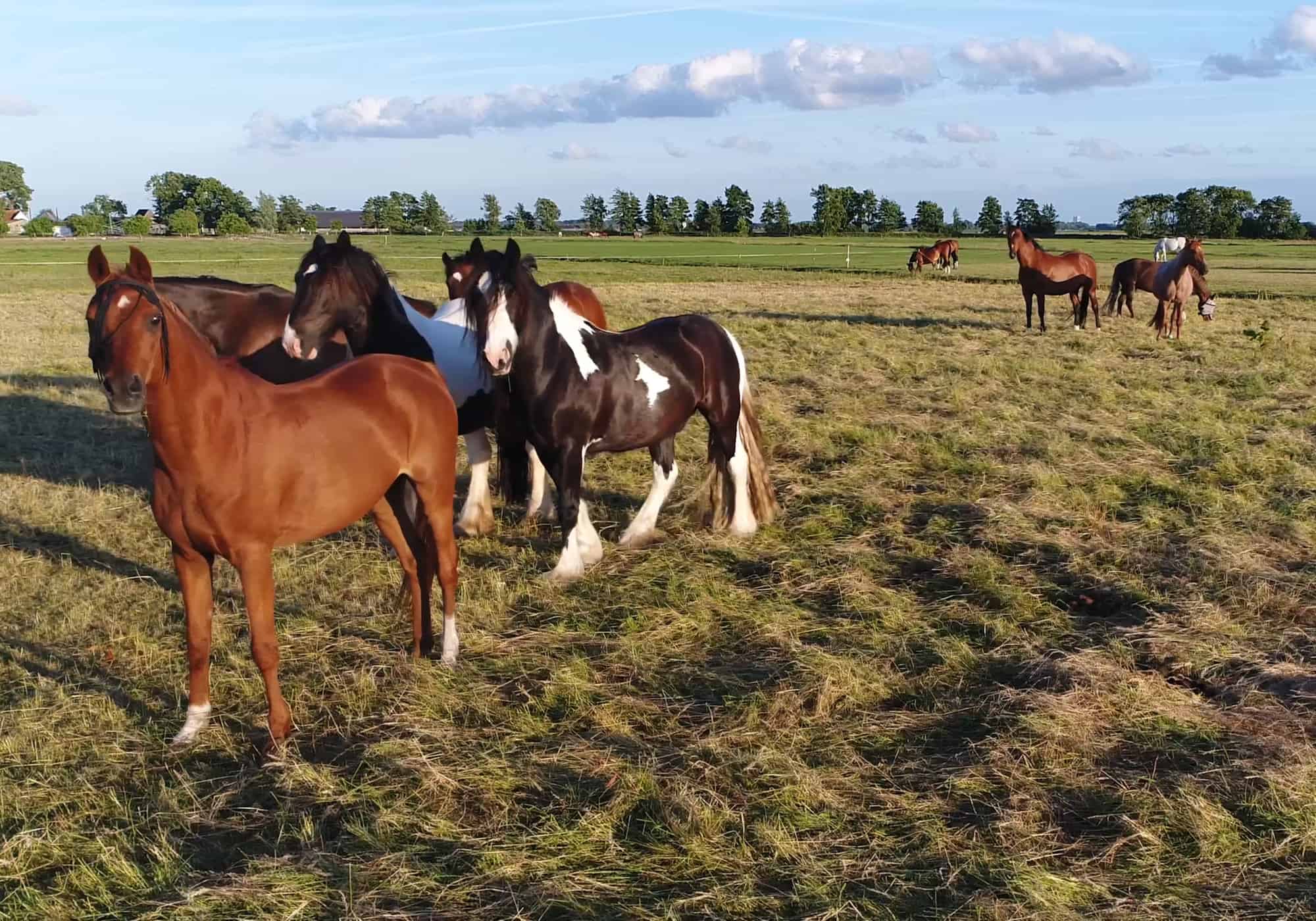
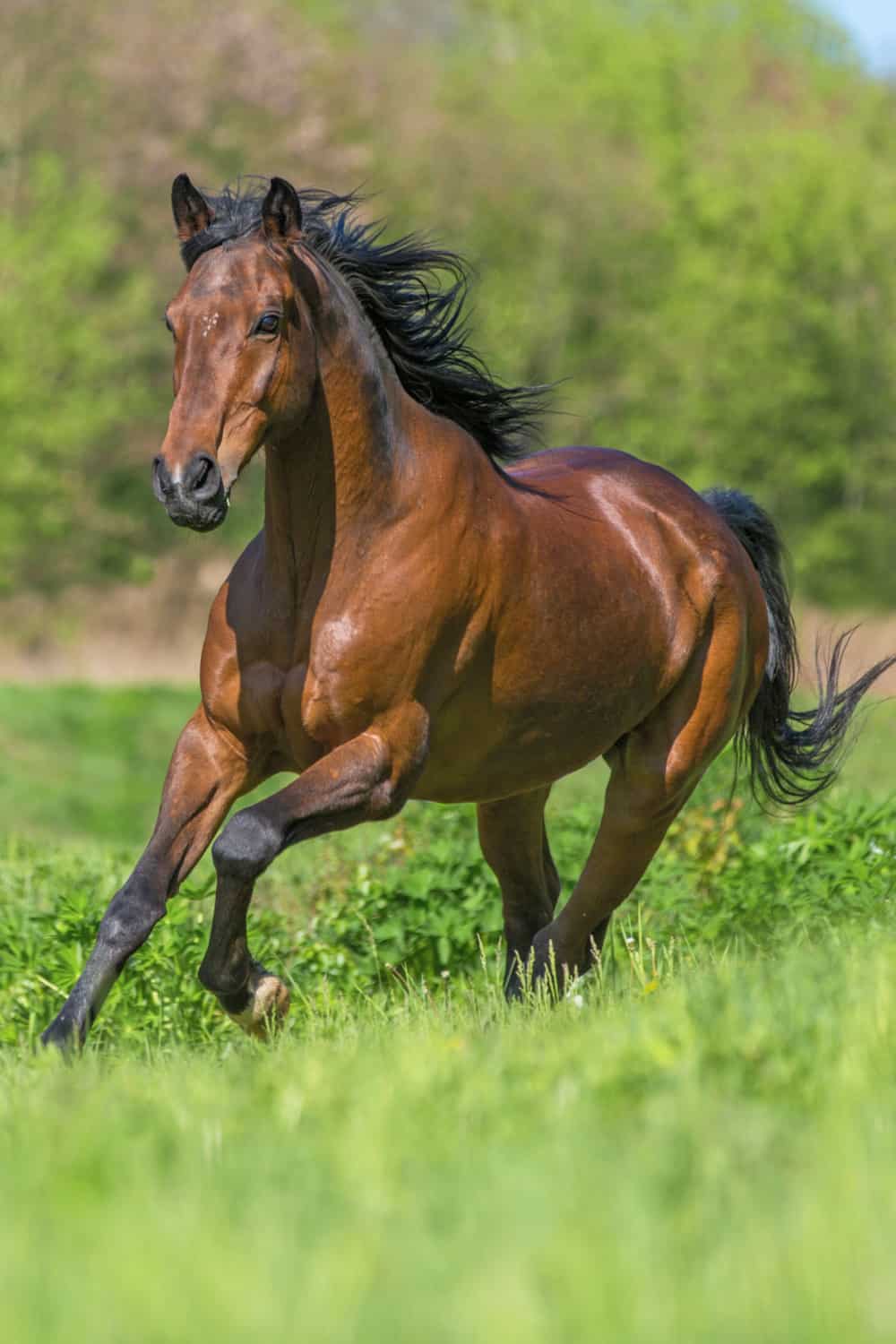
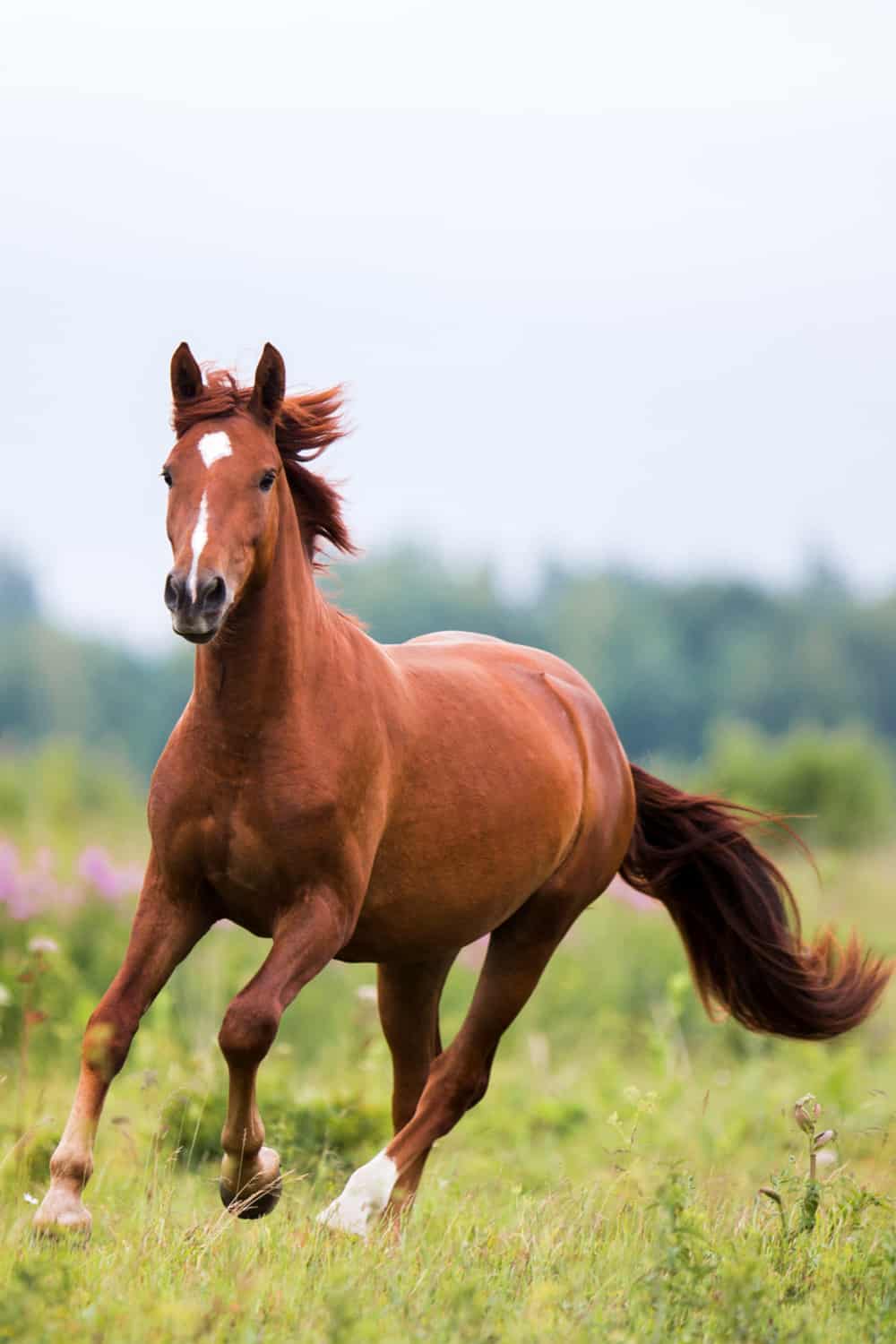



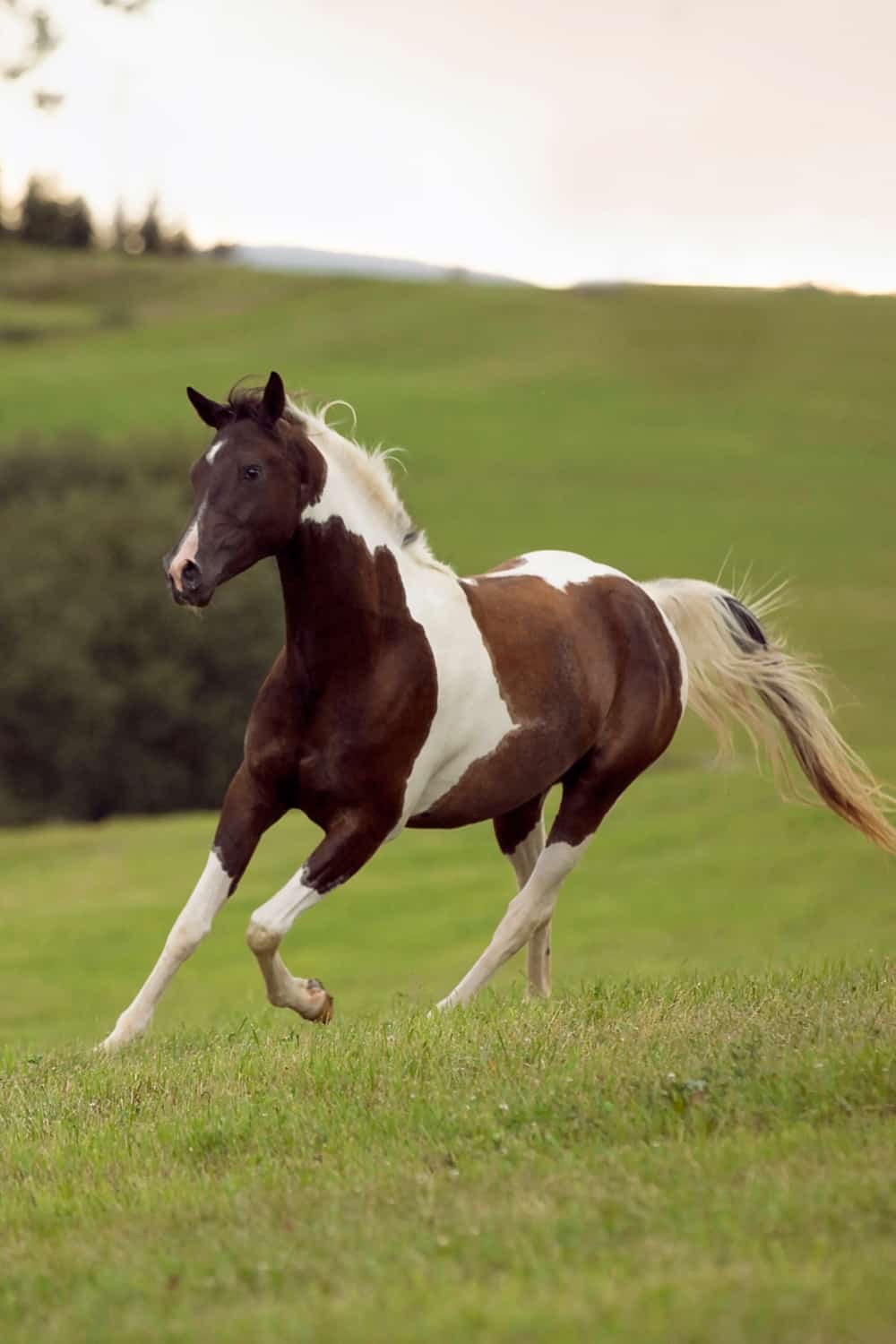
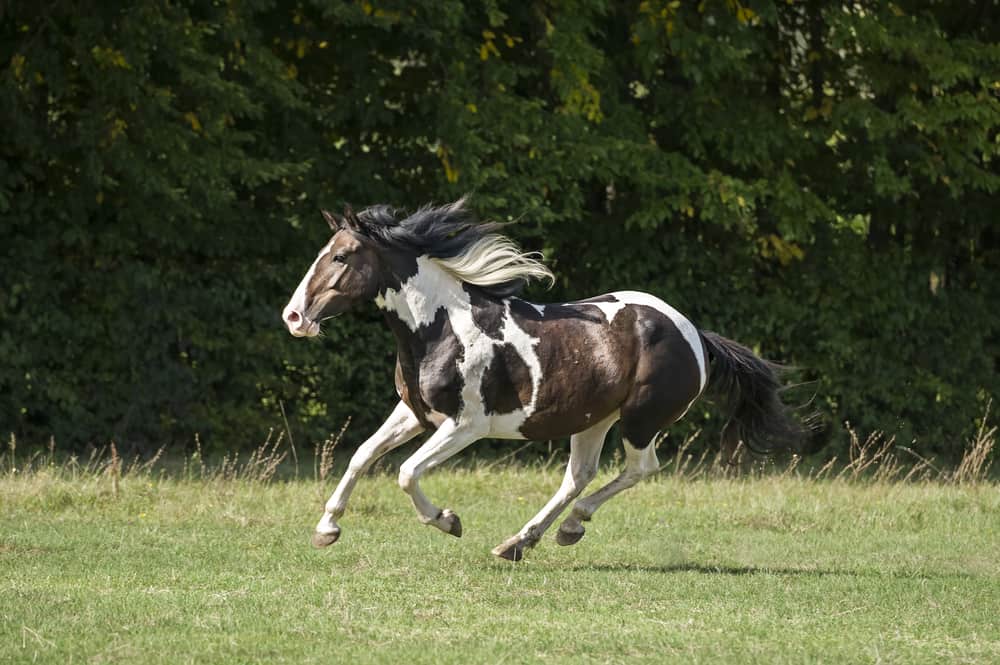
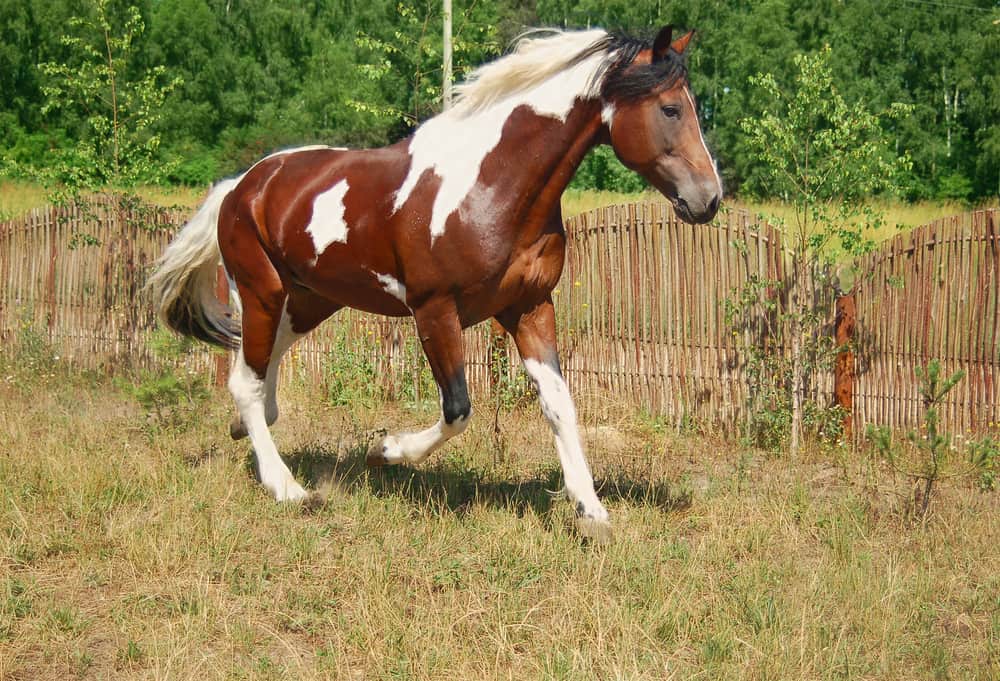
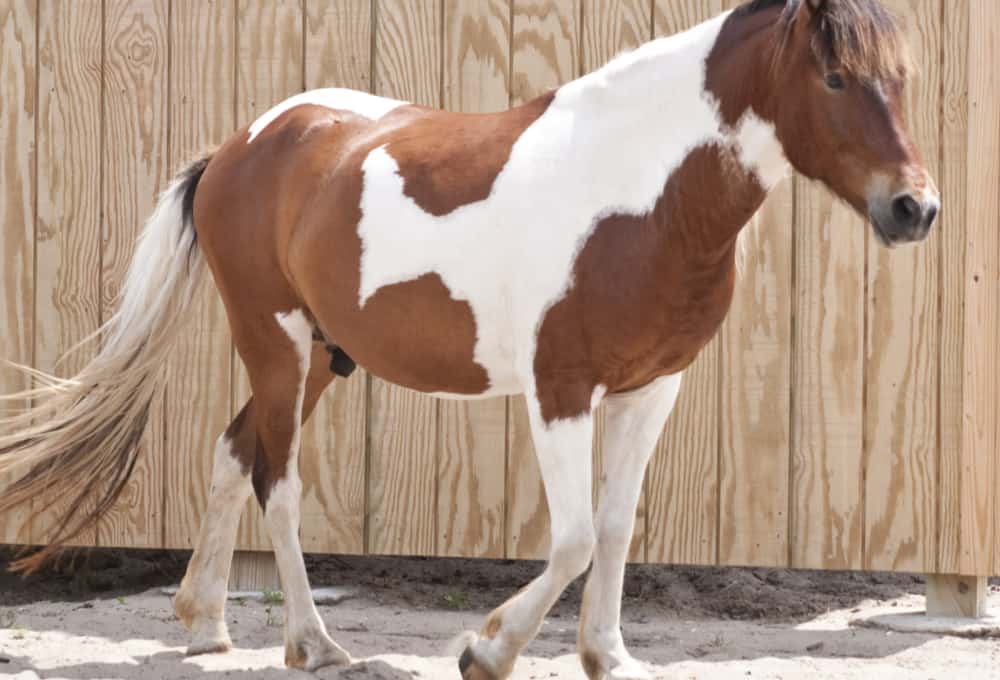
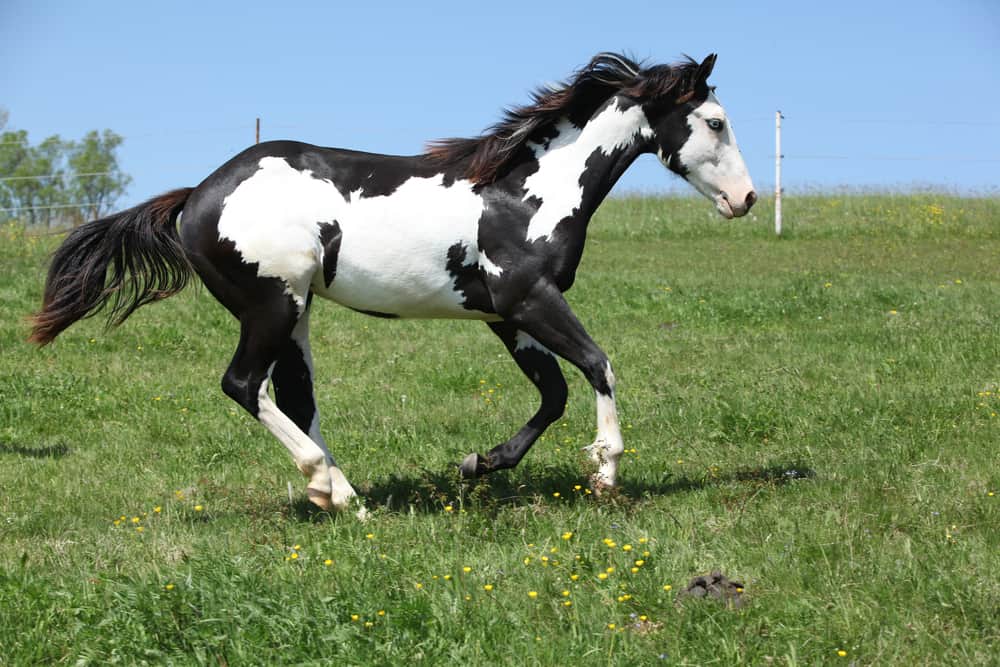
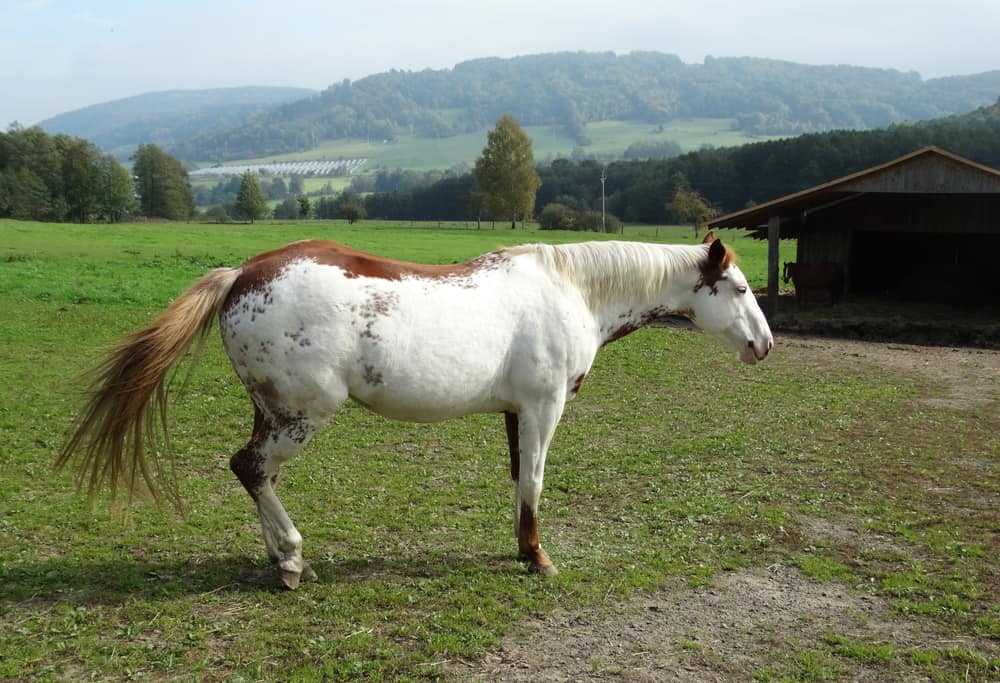
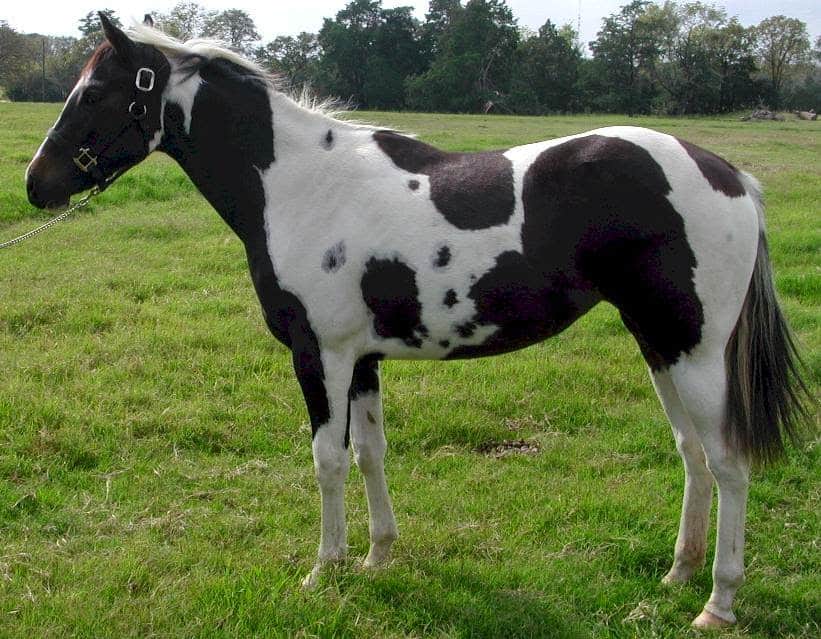
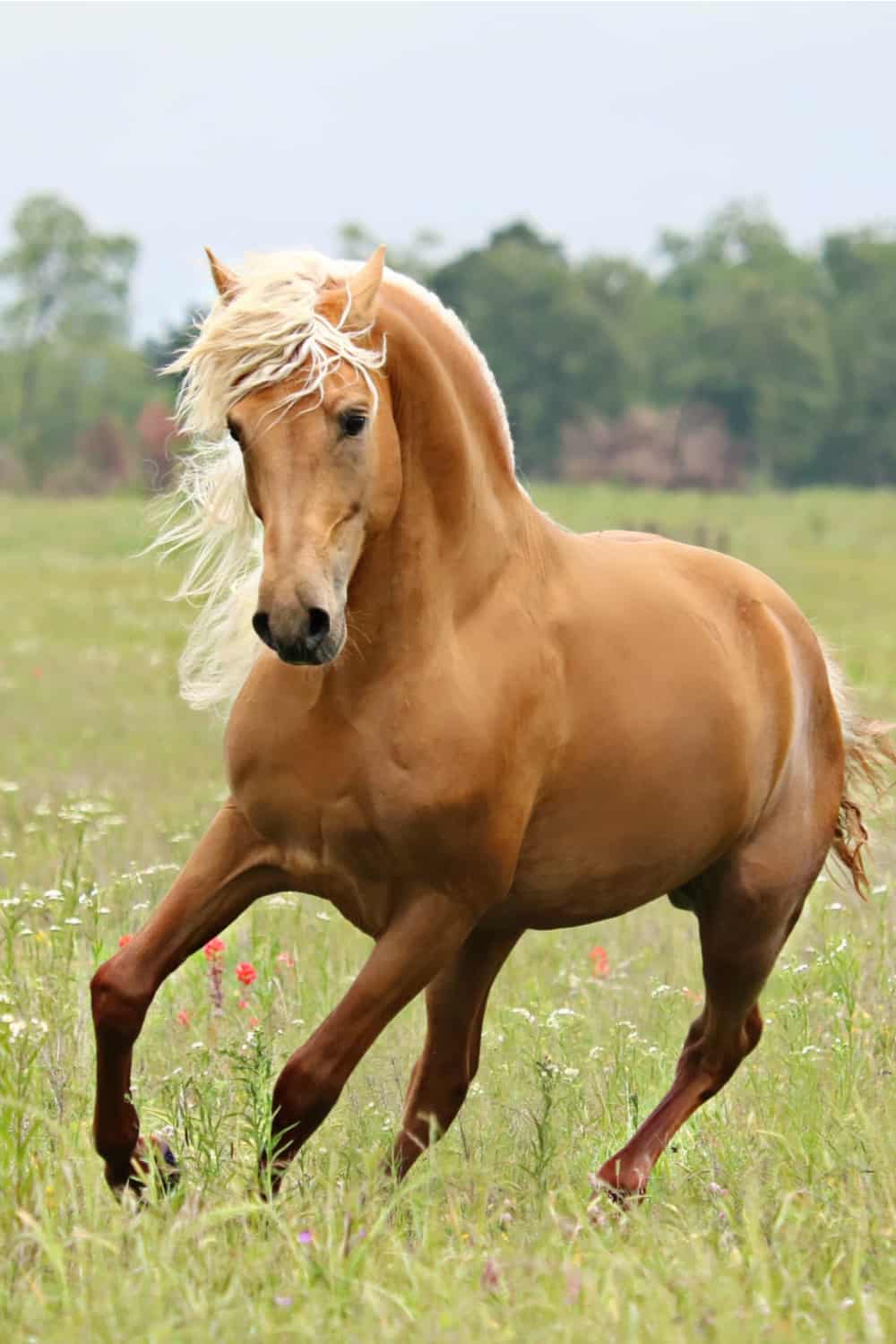
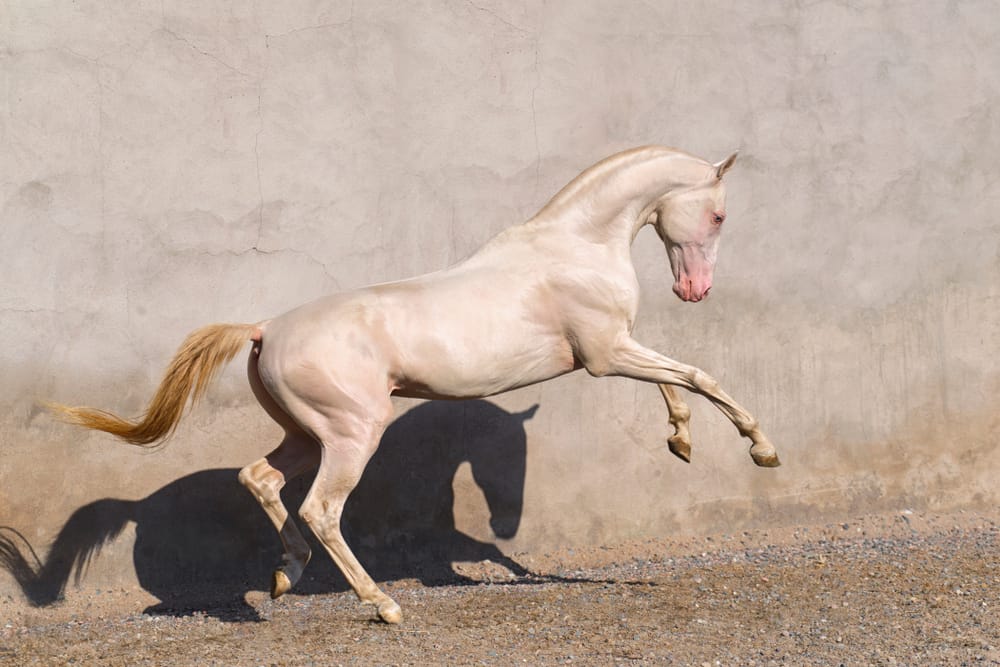

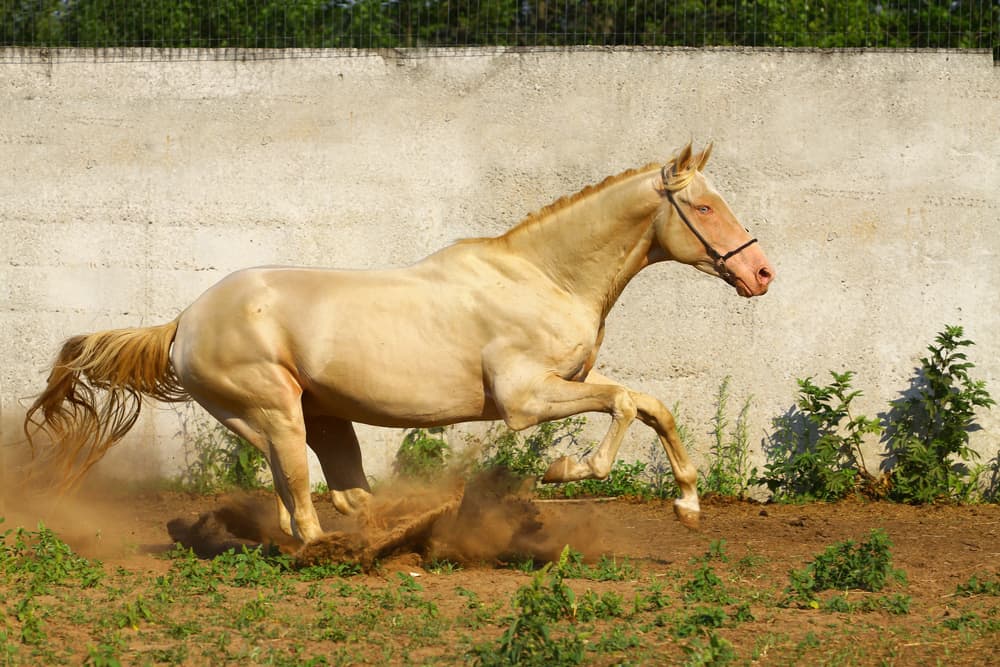

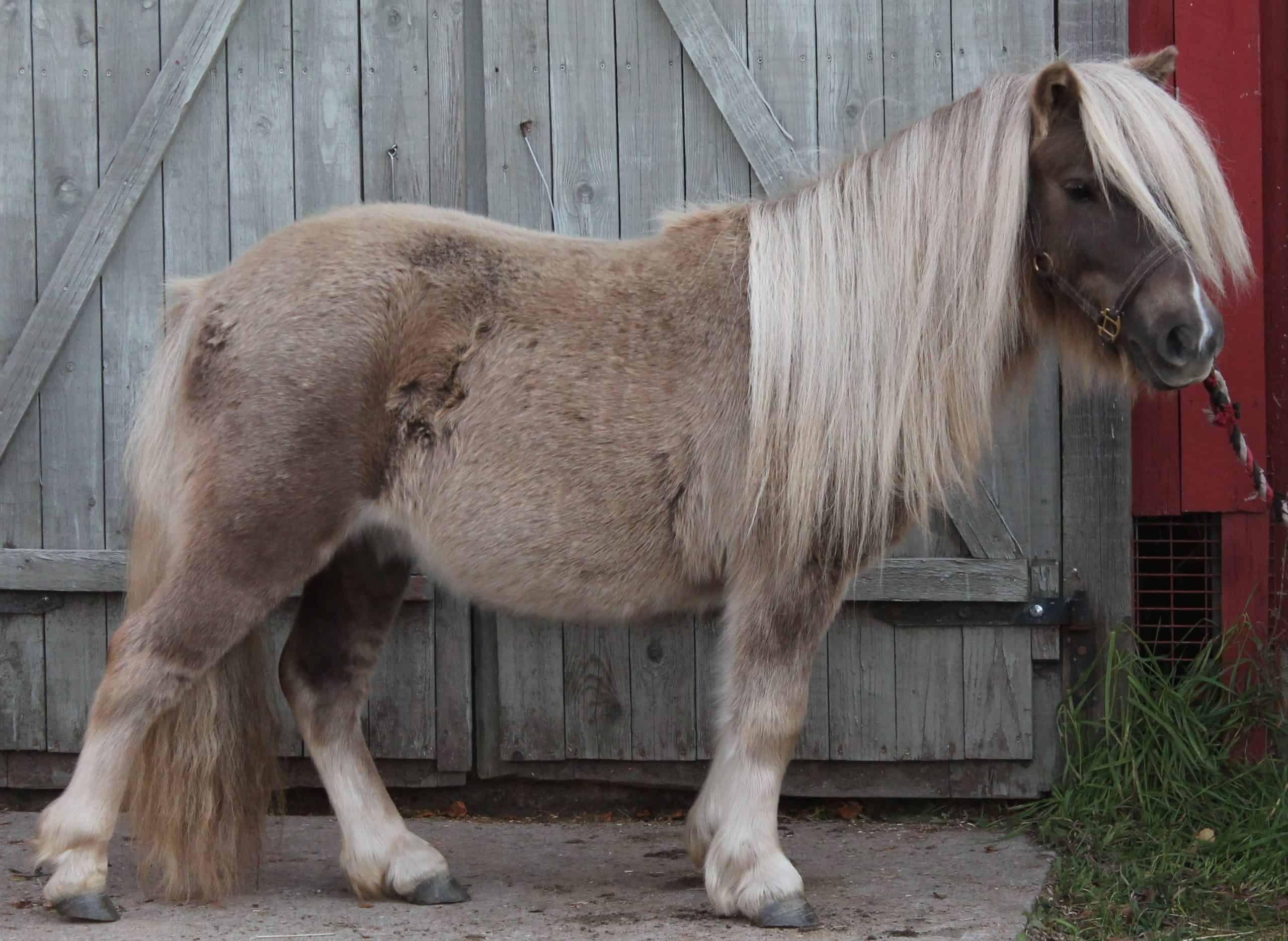
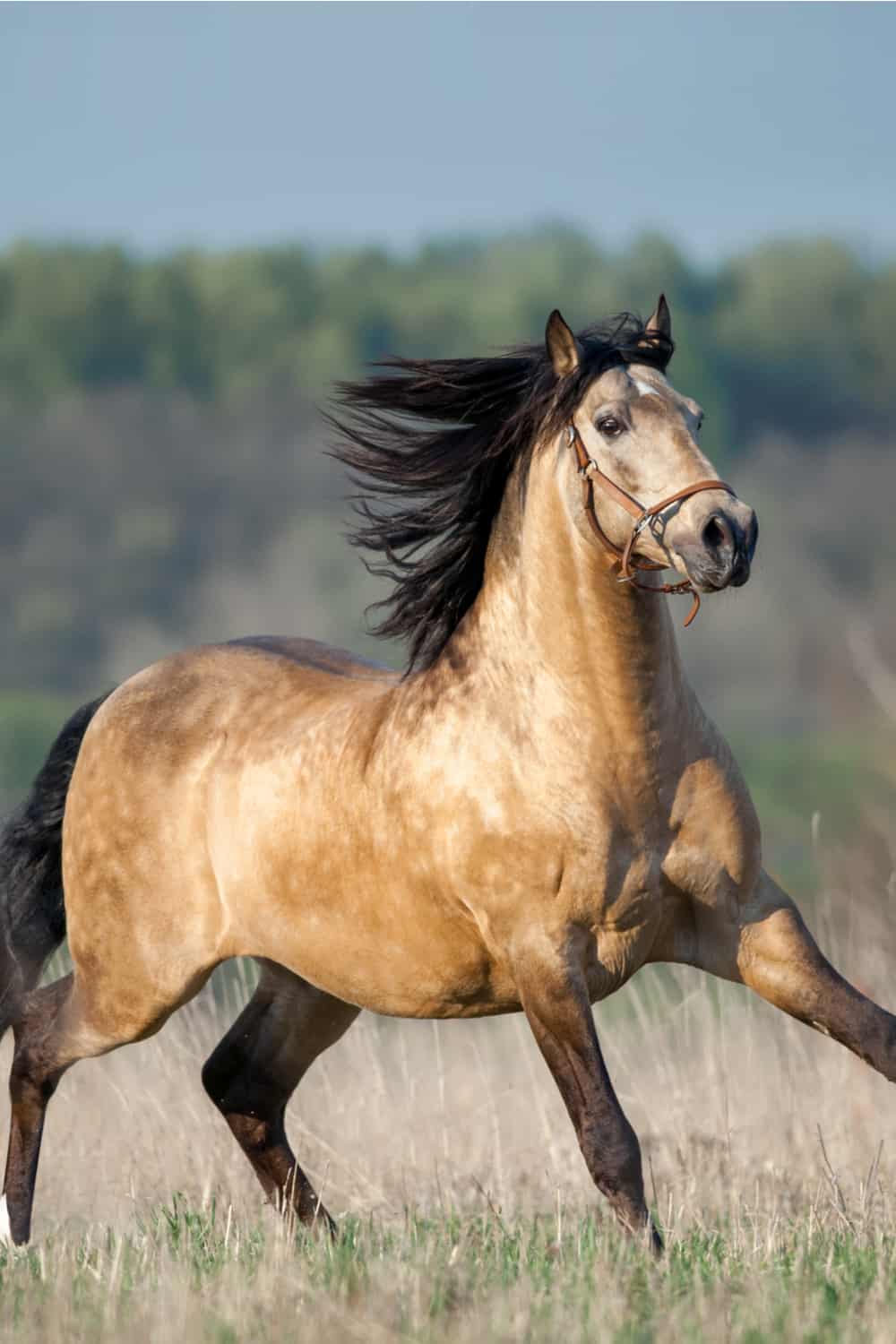

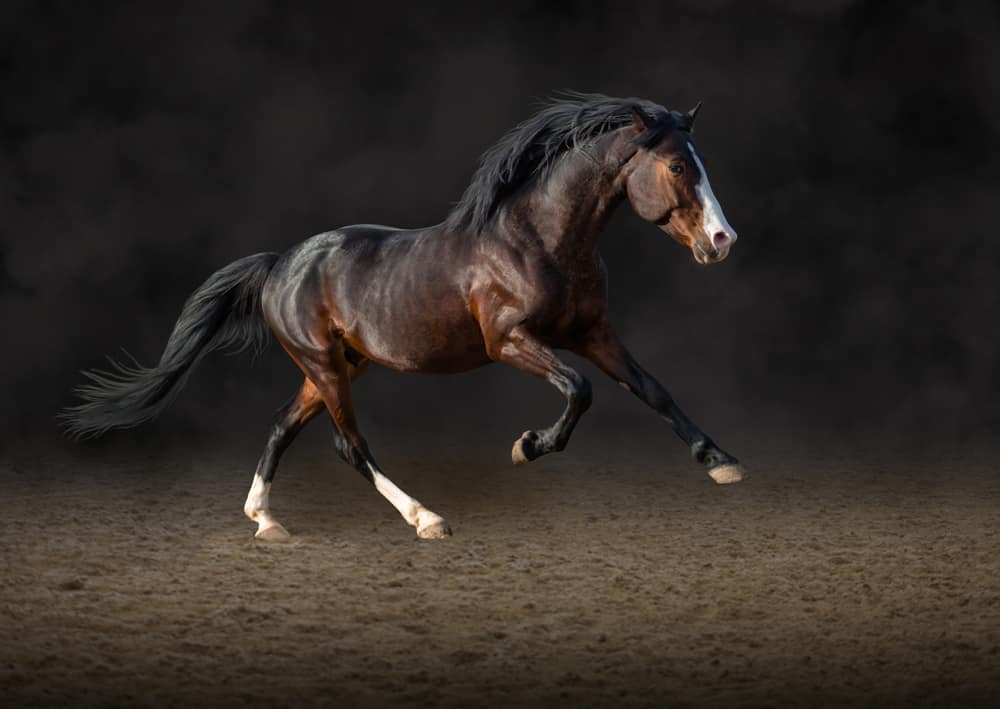
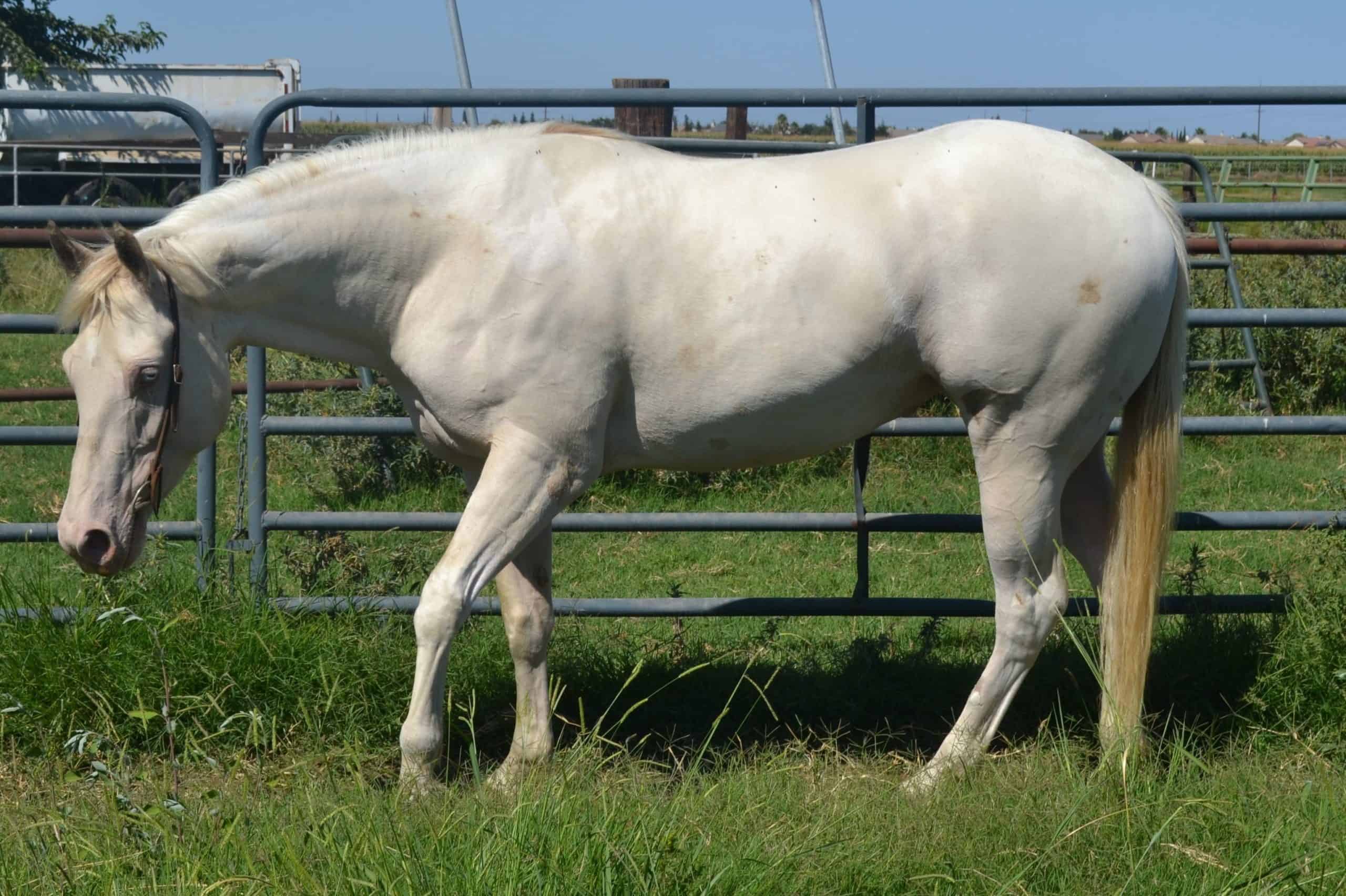
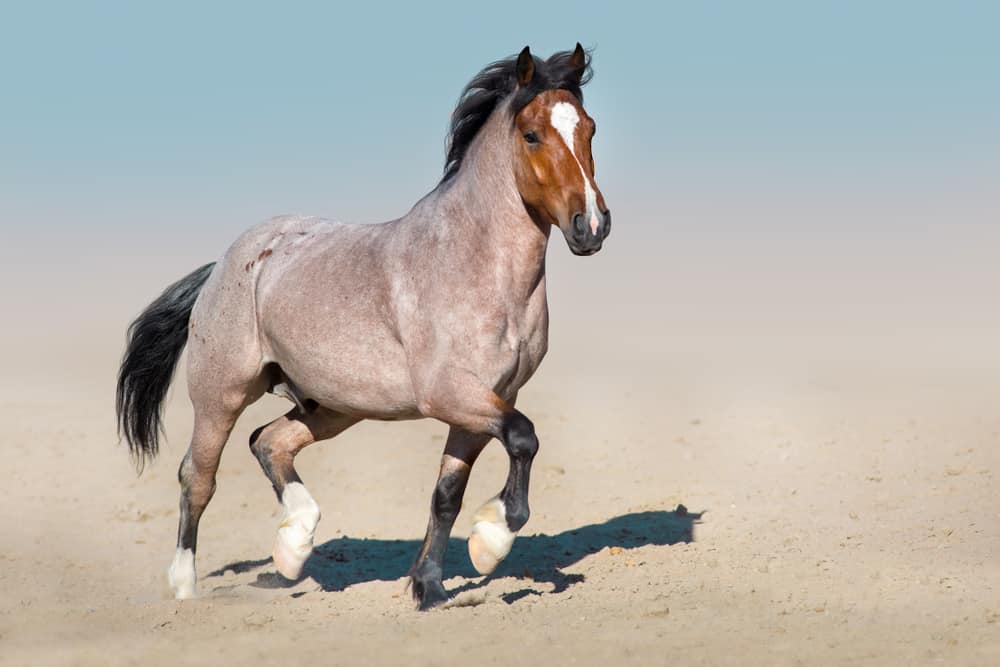
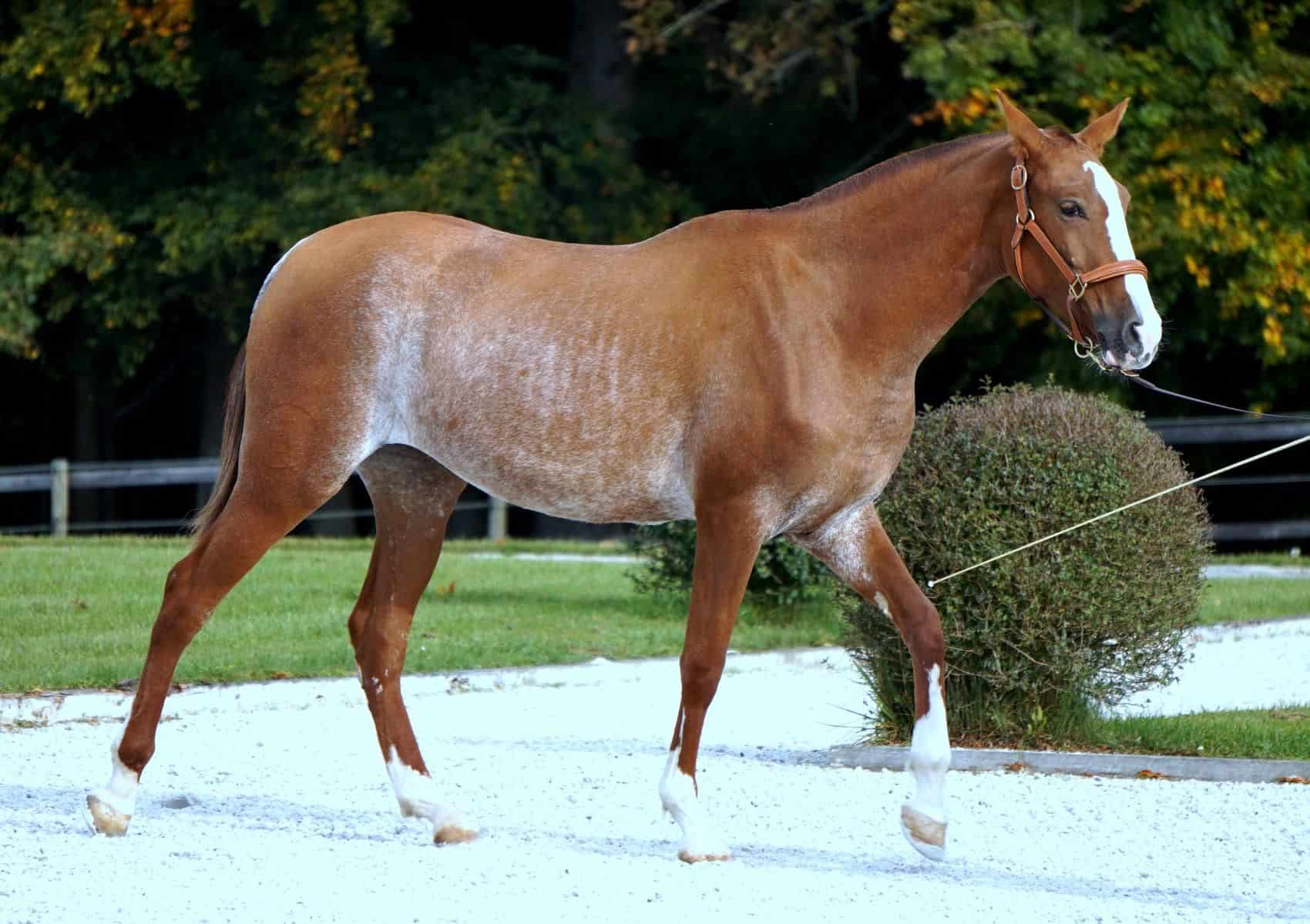









Hi,
can I go with my family on saterday 10/8/22 and we are looking ford to riding horses. I have to dauters and a son. there ages are 11,9 and 7. thanks for helping me.
What?